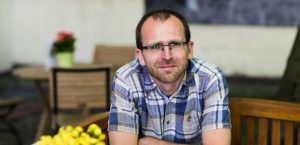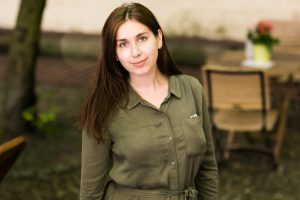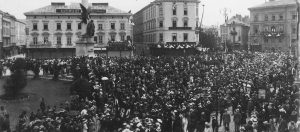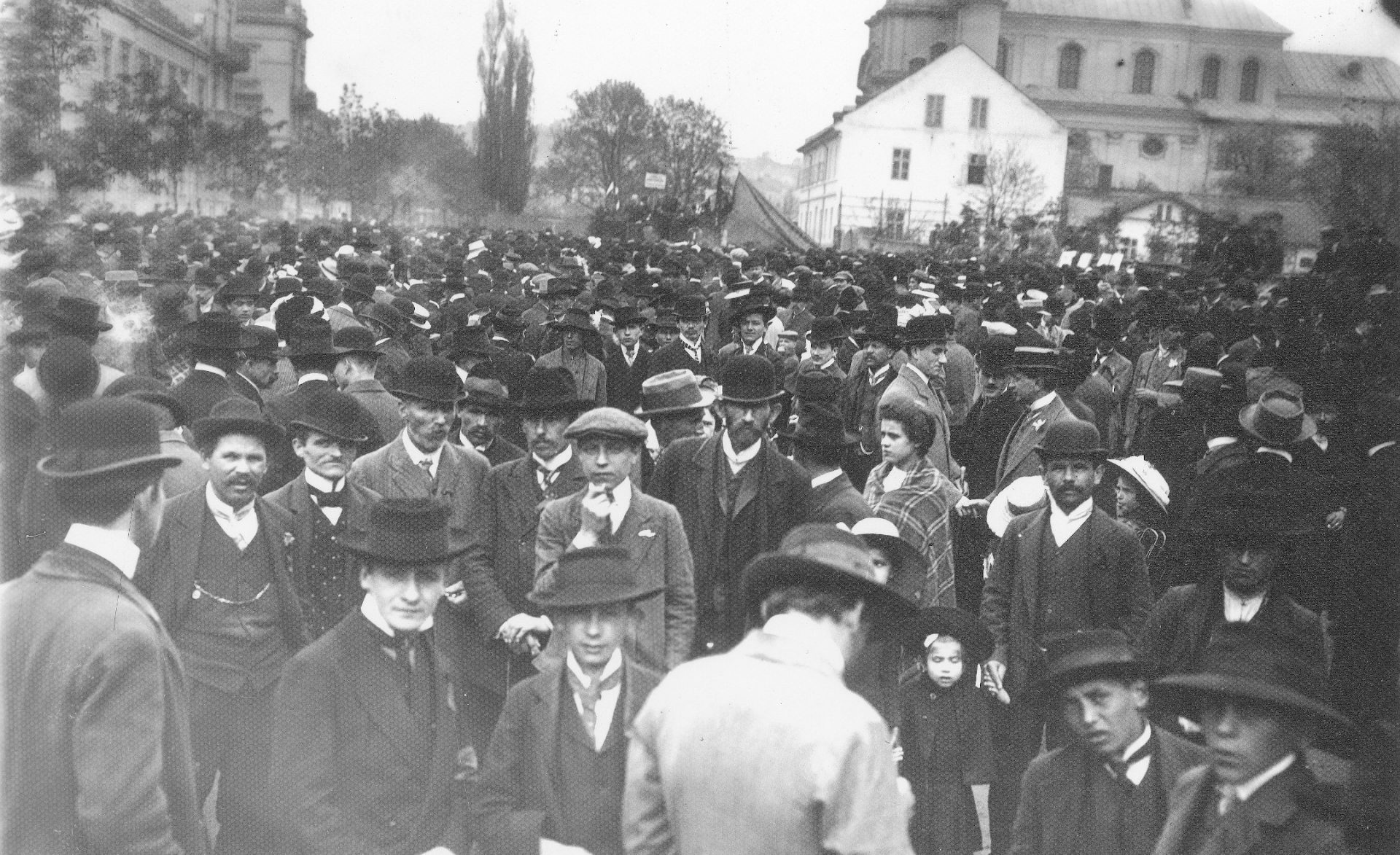When Politics Takes to the Streets
Nazar Kis
25.4.2023, 18:30
Conference Room of the Center for Urban History
We invite you to the lecture by Nazar Kis, which will be held as part of the series of lectures on modern experiences "Let's Have a City…," and will also present the results of the broader research project "City as a Stage."
During the 19th century in Europe, a new phenomenon called mass politics emerged alongside the process of democratization. Politics increasingly moved from governmental offices and parliament halls to the streets and squares of cities, and meetings on the premises of various societies were gradually replaced by open street demonstrations.
Being the political center of Austrian Galicia, Lviv was no exception. Key institutions such as the sejm (parliament), the governorship, and the university operated in the city. Political and national confrontations were concentrated here. The "Royal Capital City" of the crown land was considered at the same time the "capital of the freest part of Poland" and the ancient "capital of Ruthenian Prince Lev."
The Austro-Hungarian Empire during the late 19th to early 20th century was a monarchy where competition between political parties and national projects existed. This competition became possible after the introduction of the 1867 constitution and subsequent liberal reforms. Practices of political mobilization from Western Europe were adopted, and customary religious and imperial public rituals were adapted to the new needs of modern mass politics.
During the period of autonomy, the "street" became a significant factor in political life. What mattered was not only how many voters would support a specific politician, but also how many people that politician could bring out to a rally or demonstration. The more radical the demands of the "street" became, the more radical statements politicians had to make.
In this lecture, the researcher will trace how this mutual radicalization, fueled by political competition, eventually led to the militarization of youth societies and a "readiness to fight," which was declared by almost all public associations, from political parties to professional clubs.
Center's researcher Roksolyana Holovata will moderate the lecture.

Nazar Kis
Historian, researcher at the Ivan Krypyakevych Institute of Ukrainian Studies, National Academy of Sciences of Ukraine. Research interests include: History of Galicia at the end of the 19th – beginning of the 20th century, mass politics, political mobilization, public history, politics of memory.

Roksolyana Holovata
Center for Urban HistoryHistory editor of the Lviv Interactive project. The topic of the research covers urban changes in the Halych suburb in Lviv, its socio-topography, and perception of space in the long 19th century. Research interests: urban studies, perception of space, art networks in Lviv, and their manifestations in the city’s public space.

"City as a Stage"
A series of publications by Nazar Kis that tells the story of mass events in the public space of Habsburg Lviv that took place in the open air on the streets and squares of the city.
Credits
Cover Image: Narodowa Archiwum Cyfrowe / nac.gov.pl
